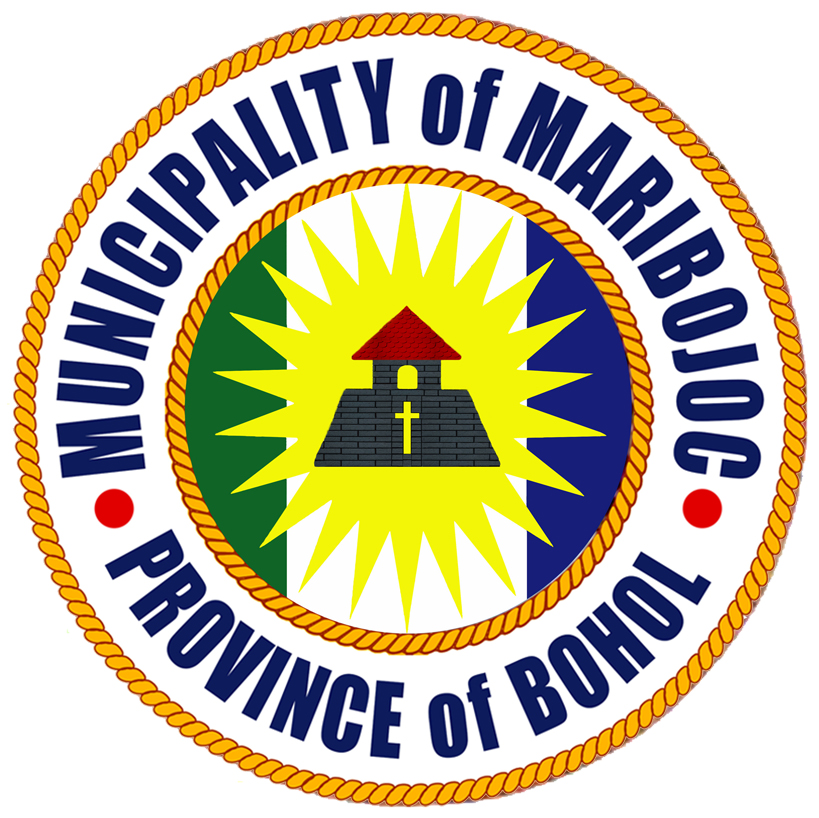Despite the different livelihood the Maribojochanons are engaged with, there are still 1,429 or 37.32% households that are earning below the income threshold and 835 or 21.81% of the households are below food threshold. This is not surprising because there are 1,365 or 13.51% persons who claimed to be unemployed.
The present number of medical personnel serving the whole municipality is within the standards of the Department of Health. The government medical facilities and personnel are in addition to the facilities and personnel of the 20-bed capacity Community Hospital within the municipality. The municipality has one health center and 12 health stations located in the clustered barangays. Of the 3,829 households, only 33.14% households have health insurance from the Phil-Health and other insurance companies.
There are 23 Day Care Centers in the municipality, one in every barangay except Poblacion which has two day care centers. These Day Care Centers are operated by the respective Barangay LGU, with the over-all supervision of the Maribojoc LGU through the Municipal Social Welfare and Development Office.
One private pre-school is established in the Poblacion. This is run by the Dominican Sisters.
There are only five public schools complete in elementary and primary grades in the municipality and the other fifteen are offering primary education. There are three secondary schools; one of them is privately run. Due to the accessibility of transportation to Tagbilaran, some of the students are enrolled in Tagbilaran City for their pre-school, primary, elementary and secondary education. With this accessibility to educational institutions, there are still 229 school dropouts.
Water services are now available in all barangays. However, households at considerable distance from the developed water sources remain deprived from level III water services.
There are 2,250 water household connections and 24 commercial and institutional connections from the LGU-operated water works system. The system is now serving a total population of 14,264 or 85% of the total population. With other sources of water, only 7.35% of the total households are deprived from potable / doubtful drinking water.
Power connections are now available in all barangays; however, there are still 478 or 12.48% of the households that have no electricity.
